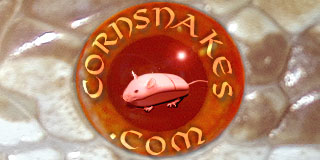It's all space and planning on the plants, I think. The crucial elements are (1) non-toxic (and obviously non-spiky, you wouldn't put a cactus or something in there) and (2) sturdy. I wouldn't worry so much about the snake poisoning itself by eating the plants - I've had a lot of frustration with general herp-safe/herp-poisonous lists because all the ones I could find were written to include herps that *do* eat plants - but I'd avoid anything where the sap could cause irritation, since the snake will break leaves and twigs occasionally.
Many snakes do not need full-spectrum type lighting, but I can't imagine that it would do any snake any harm! Though I would either avoid putting really brilliant lights in an albino's viv, or make sure that the snake had plenty of opportunity to escape the direct light, as I believe those red eyes are often very sensitive to bright lights.
Depending on the snake species, you can grow anything from really low-light stuff like Pothos and spider plants (probably a better choice for the nocturnalish cornsnake) to Mediterranean herbs in a viv. I believe African violets are non-toxic, but I'd be a bit concerned about what the snake would do to them.
At the moment, I have an Aesculapian viv (medium-sized diurnal semi-arboreal European ratsnakes) which is done as a Mediterranean garden - faux stone walls, a dwarf lemon tree, a lavender bush, and a thyme "bonsai tree" in pots, lit by 3 full-spectrum 175-watt-equivalent ecobulbs. The thyme is a little far from the lights, but I'm training it with careful trimming to grow it upward and keep it from getting leggy; the lavender is doing brilliantly, and the dwarf lemon, recovering from a miserable winter in an unheated conservatory, is fantastic.
The snakes love climbing on the lemon tree and through the lavender (which is cunningly arranged to form a heavy foliage screen over their big climby branch). The dwarf lemon's frail-looking branches are well up to the weight of a medium-sized ratsnake; the lavender branches bend under the snake's weight but are flexible and do not break.
And, most of all, they love curling up to bask in the ceramic pots, coiling around the stems of the plants in an exceedingly picturesque and fetching manner. I'm planning to do more large vivs with live plants as my little ones get big enough to need them, and this (as well as the ease of removing the pots for plant maintenance and such) has really convinced me, at least, to stick with ceramic pots rather than doing the whole growing-viv thing.
The other advantage of pots, of course, is that if the plants start suffering either from squishing/breakage or lack of light, you can keep duplicates in a more salubrious environment and just switch them out as necessary, letting one set entertain the snake and decorate the viv while the other recovers from its stint inside.
